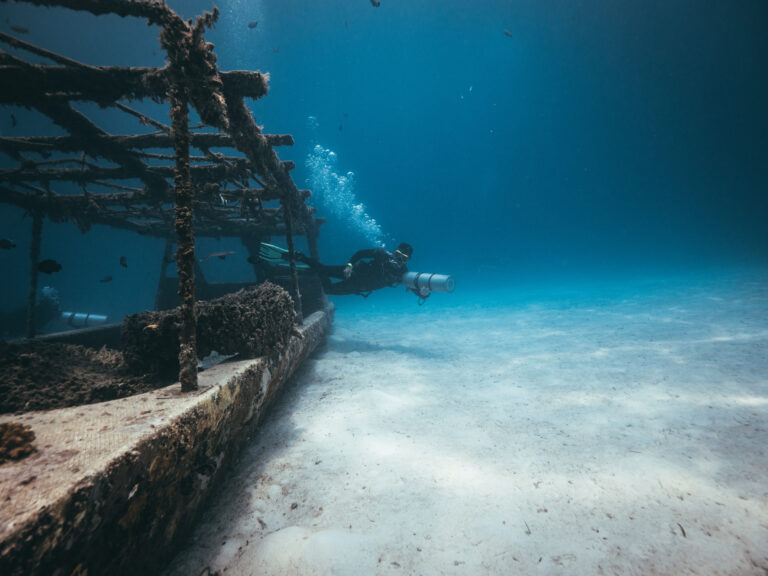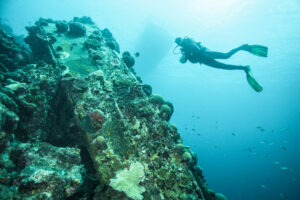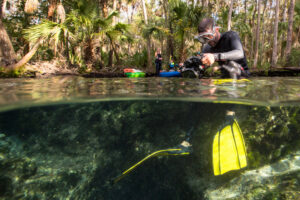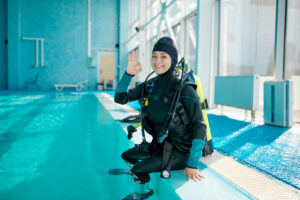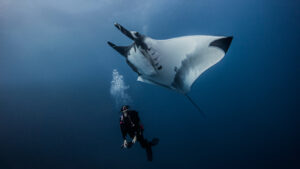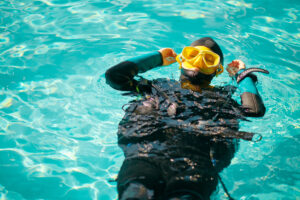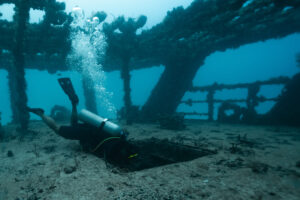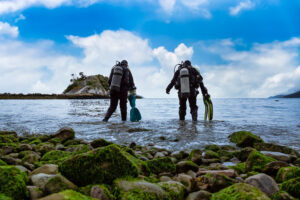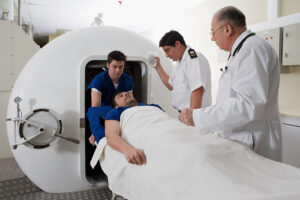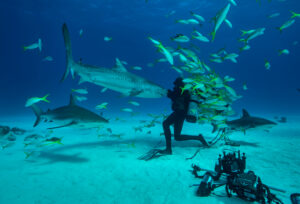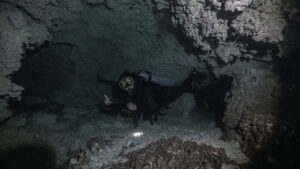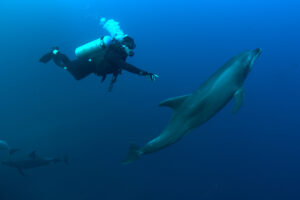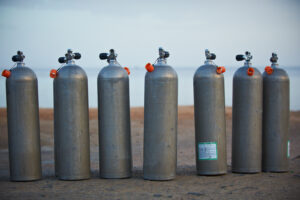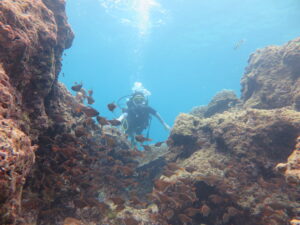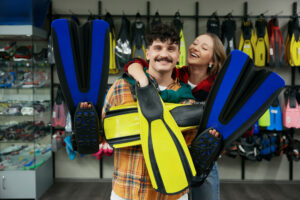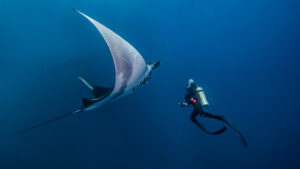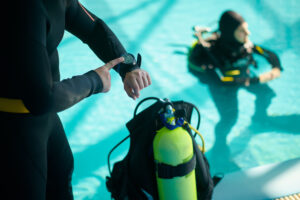What is Buoyancy Control?
Buoyancy control is a fundamental skill in scuba diving, essential for both safety and underwater exploration. It enables divers to maintain a constant depth, efficiently ascend and descend in the water column, and effortlessly glide through their surroundings. Mastering buoyancy control requires understanding the principles of buoyancy and applying them to achieve the desired level of neutral, positive, or negative buoyancy while diving.
Principles of Buoyancy
Buoyancy is the force that determines an object’s behavior in a fluid, such as water. It results from the difference in pressure between the fluid below and above the object. According to Archimedes’ principle, an object submerged in a fluid experiences an upward force equal to the weight of the fluid displaced by the object. The object’s weight and its volume influence its buoyancy. In scuba diving, the key factors influencing a diver’s buoyancy are the body, the diving suit, the scuba gear, and the buoyancy compensator.
Neutral, Positive, and Negative Buoyancy
Neutral buoyancy occurs when the weight of an object equals the buoyant force, allowing it to remain suspended in the water column without sinking or floating. Positive buoyancy occurs when the buoyant force exceeds the object’s weight, causing it to rise to the surface. Negative buoyancy occurs when the object’s weight is greater than the buoyant force, causing it to sink. In scuba diving, neutral buoyancy is the ideal state for most underwater activities, as it allows divers to maintain a constant depth, conserve energy, and protect the underwater environment.
Buoyancy Control Devices (BCDs)
A buoyancy compensator, or buoyancy control device (BCD), is an essential piece of scuba diving equipment that enables divers to adjust their buoyancy throughout a dive. BCDs are inflatable vests connected to the scuba tank, allowing divers to add or release air to achieve the desired buoyancy. Modern BCDs typically offer integrated weight systems and numerous adjustment points for a customized fit, enhancing comfort and control.
Perfecting Buoyancy Control
Achieving and maintaining neutral buoyancy requires a combination of skills and knowledge, including proper weighting, breath control, and BCD use.
Proper Weighting
The first step in mastering buoyancy control is determining the appropriate amount of weight needed to offset a diver’s natural buoyancy. This process, called weighting, involves the use of a weight belt or integrated weight system. Proper weighting allows a diver to achieve neutral buoyancy at a specified depth and ensures a controlled descent and ascent. It is crucial to regularly reassess weighting needs, as factors such as wetsuit thickness, water salinity, and scuba gear can change over time.
Breath Control
A diver’s lungs play a critical role in buoyancy control, as changes in lung volume affect buoyancy. By controlling their breathing, divers can make subtle adjustments to their buoyancy without using their BCD. It is essential for divers to maintain a slow, deep, and steady breathing pattern, avoiding rapid breaths and breath-holding, which can lead to significant buoyancy fluctuations.
BCD Use
Mastering the use of a BCD is crucial for achieving and maintaining neutral buoyancy throughout a dive. Divers must learn to add and release air from their BCD in small increments, adjusting as necessary to maintain the desired buoyancy. It is essential to anticipate depth changes, as the air in the BCD will compress or expand with increasing or decreasing pressure, affecting buoyancy.
Buoyancy Control Applications
Mastering buoyancy control offers numerous benefits for scuba divers, including increased safety, efficiency, and enjoyment of underwater experiences. Some of the key applications of buoyancy control in scuba diving include:
Enhanced Safety
Proper buoyancy control minimizes the risk of uncontrolled ascents or descents, which can lead to decompression sickness, barotrauma, and other diving-related injuries. By maintaining neutral buoyancy, divers can avoid contact with hazardous marine life, such as poisonous or venomous creatures, and prevent damage to sensitive underwater environments like coral reefs.
Conservation of Energy and Air
Maintaining neutral buoyancy allows divers to move through the water with minimal effort, conserving energy and extending dive times. By reducing the need for constant finning to maintain depth, divers also conserve air, enabling longer and more enjoyable dives.
Improved Underwater Photography and Videography
Buoyancy control is particularly important for underwater photographers and videographers, as it enables them to maintain a steady position, frame their shots accurately, and approach marine life without disturbing their natural behavior.
Streamlined Equipment Configuration
Mastering buoyancy control allows divers to fine-tune their equipment configuration, ensuring that hoses, gauges, and other gear remain streamlined and secure. This minimizes the risk of entanglement and reduces drag, further enhancing a diver’s efficiency and ease of movement underwater.
Advanced Diving Techniques
Many advanced diving techniques, such as wreck penetration, cave diving, and technical diving, require exceptional buoyancy control skills. Divers must be able to maintain precise depths and navigate confined spaces without disturbing silt or damaging fragile environments.
Developing Buoyancy Control Skills
To develop and refine buoyancy control skills, divers can participate in specialized training courses and practice exercises, such as:
Buoyancy Control Workshops
Many dive centers and organizations offer buoyancy control workshops or clinics, which provide divers with hands-on experience and guidance in mastering buoyancy control techniques.
Peak Performance Buoyancy (PPB) Courses
The Peak Performance Buoyancy course, offered by several scuba training agencies, focuses on improving buoyancy control through a series of training dives, skill demonstrations, and practical exercises.
Practice Dives
Divers can practice their buoyancy control skills during regular dives by focusing on maintaining neutral buoyancy, fine-tuning their weighting, and experimenting with different body positions and finning techniques.
Hovering Exercises
Hovering, or maintaining a stationary position at a constant depth, is an excellent way for divers to practice buoyancy control. By concentrating on maintaining a stable hover, divers can develop a better understanding of the relationship between breath control, BCD adjustments, and buoyancy.
Fin Pivot Drills
Fin pivot drills involve divers lying face-down on the bottom with their fins touching the seabed. By adjusting the air in their BCD, divers can practice pivoting on their fins, rising and falling with each breath, to improve their buoyancy control skills.
Key Takaways
In conclusion, buoyancy control is a crucial skill for scuba divers that enhances safety, efficiency, and enjoyment of underwater adventures. By understanding the principles of buoyancy, mastering the use of BCDs, and developing breath control techniques, divers can achieve and maintain the appropriate buoyancy at any time during a dive.

